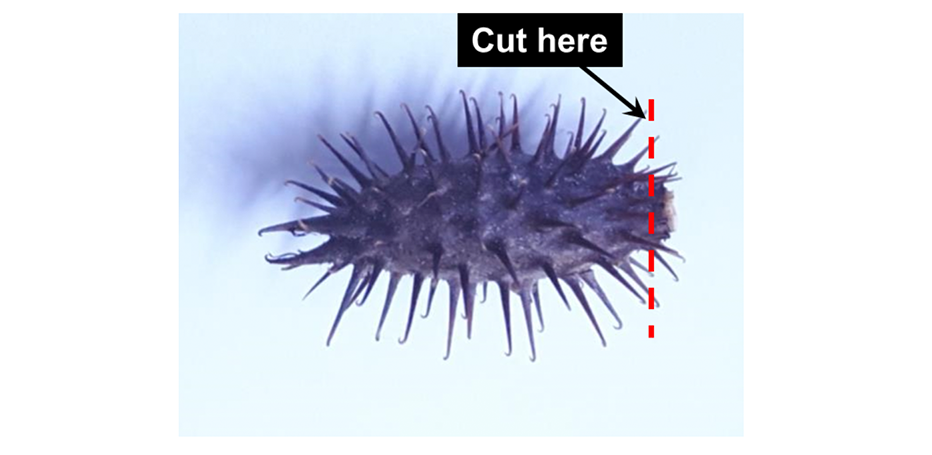Abstract
Burweed (
Figures & Tables

Fig. 1. Pretreatment of Xanthium canadens seeds for even germination.
Jin-Won Kim1,* Yun-Ho Jeon1 Hyun-Woo Jeong1
1Crop Protection Division, National Institute of Agricultural Sciences, RDA, Wanju, 55365, Korea
Burweed (

Fig. 1. Pretreatment of Xanthium canadens seeds for even germination.